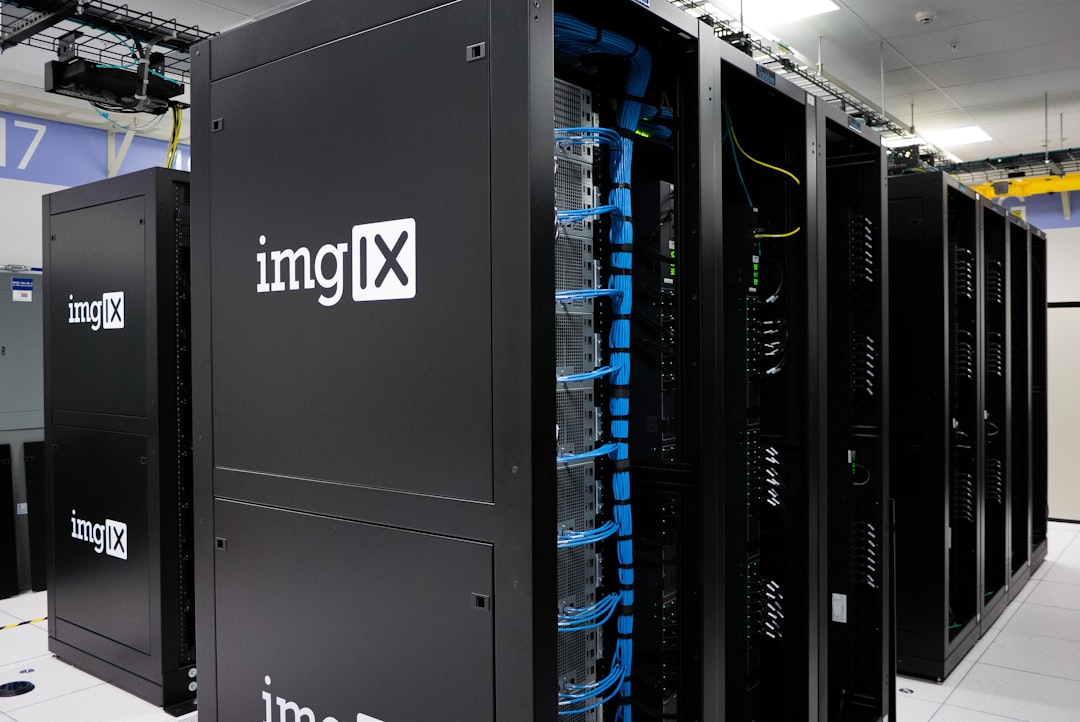In today’s data-driven world, storage solutions such as NAS (Network Attached Storage) and SAN (Storage Area Network) are essential for businesses and tech-savvy home users alike. As data volumes grow, many are turning to open source NAS and SAN software for cost-effective and highly customizable storage infrastructure. Whether you’re building a home media center, a private cloud, or an enterprise-grade storage server, open source options offer remarkable flexibility, scalability, and efficiency.
Below, we explore six of the best open source NAS and SAN software solutions to consider in 2025. These stand out for their performance, community support, and innovative features.
1. TrueNAS CORE
Formerly known as FreeNAS, TrueNAS CORE is one of the most trusted open source NAS operating systems available today. It runs on FreeBSD and uses the powerful ZFS file system, ensuring data integrity, snapshots, and replication capabilities.
- Key Features: Web-based GUI, encryption, snapshot support, plugins, scalable storage
- Best For: Small to medium businesses, home labs, media centers

2. OpenMediaVault
Based on Debian Linux, OpenMediaVault is a user-friendly NAS solution tailored for home users and small businesses. It features a web-based interface, making administration easy even for non-experts. The software supports SMB/CIFS, FTP, NFS, SSH, and more.
- Key Features: Extensible via plugins, active community, supports RAID, regular updates
- Best For: Beginners exploring NAS options
3. Rockstor
Rockstor is a Linux-based NAS solution that harnesses the advanced features of the Btrfs file system. With a sleek web interface and high modularity, Rockstor is excellent for those seeking a balance between usability and power.
- Key Features: Docker integration, Btrfs snapshot and rollback support, dynamic volume resizing
- Best For: Developers, SMBs, and tech-savvy users

4. openATTIC
openATTIC is both a NAS and SAN management system designed primarily for managing Ceph-based storage clusters. While it may not be as beginner-friendly, it’s an ideal tool for enterprise-level deployments where performance and scalability are essential.
- Key Features: Manages Ceph clusters, REST API access, role-based access control
- Best For: Enterprise environments, cloud providers
5. iSCSI Target on Linux (LIO)
For professionals looking to build a SAN system, LIO (Linux I/O Target) is the default iSCSI target implementation in the Linux kernel. It is robust, powerful, and can be used to create a fully functional SAN using standard Linux distributions and configurations.
- Key Features: SCSI protocol support, high-performance data transfer, large community
- Best For: SAN experts, backend storage architects
6. Proxmox VE (with ZFS storage)
Although known primarily as a virtualization platform, Proxmox VE includes robust storage features that can act as a SAN or even NAS with the right setup. When paired with ZFS, Proxmox offers redundancy, efficient snapshots, and scalability for demanding virtualization environments.
- Key Features: Hybrid virtualization and storage, snapshot and replication, clustering support
- Best For: IT professionals managing virtualized environments

Conclusion
Choosing an open source NAS or SAN solution in 2025 depends heavily on your specific use case—whether it’s storing family videos or managing enterprise-level data. Solutions like TrueNAS CORE and OpenMediaVault are friendly for beginners, while LIO and openATTIC cater to more advanced needs. The power of open source lies in its adaptability, and these platforms exemplify that strength.
Most importantly, with active communities and ongoing development, these tools continue to evolve, offering powerful alternatives to proprietary solutions without compromising on features or performance. Whether you’re expanding your home lab or building a data center-grade storage solution, there’s never been a better time to explore the world of open source storage software.
